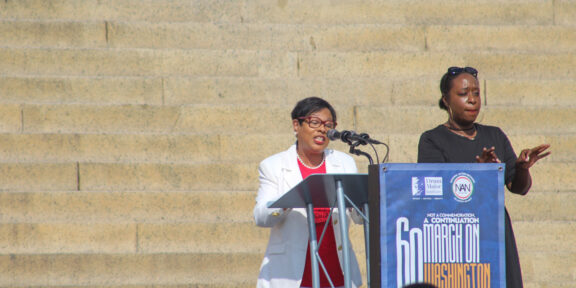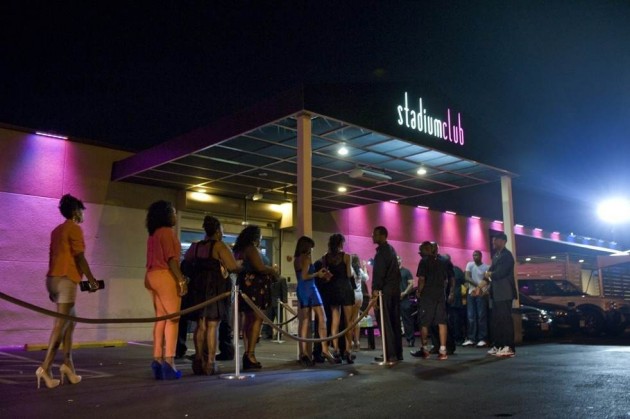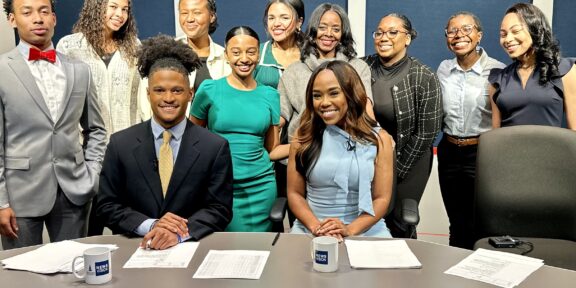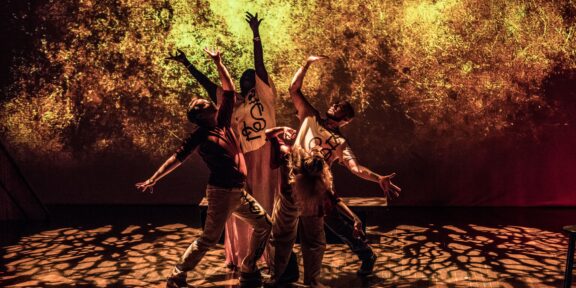With the help of D.C. Mayor Vincent Gray’s administration, the D.C. Fire and Emergency Medical
Services Department has reinstated the Firefighter Cadet Training Program following a four year hiatus.
The program is a one year training program for recent high school graduates, male or female, with an
interest in joining the fire department. Cadets are paid $15,000 in this training year and are advanced to
$44,000 upon completion of the program. At the end of the program, cadets will have received certification
in firefighting and emergency medical services.
Lon Walls, communications director of D.C. Fire and EMS, said that “…four battalion chiefs, eight
captains, 19 lieutenants and 17 sergeants are graduates from the program,” which began in 1985. On
Sept. 19, a cadet class of 25 graduated from the department’s Training Academy after almost 11 months
of training.
Battalion Fire Chief Mark Wynn, 42, graduated from the cadet program. Wynn recalls that the program
“used to be a two-year program, and it was designed for cadets to enter in their senior year of high
school.” Wynn said that cadet trainees would attend school for half of the school day and train at the
program center for the other part of the school day. “During the one year program the cadets go through
Emergency Medical Technician (EMT) training,” he said. Following the completion of the training the
cadets become nationally registered.
“The second part of the program is the firefighter portion,” Wynn said. After that is completed, the the
department hires the cadets as D.C. Fire and EMS technicians. “At that point they have a career,” he
said.
Wynn said the program also has an education initiative where the fire department partners with the
University of the District of Columbia and offers the cadet program graduates who opt to participate an
opportunity to obtain a Bachelor of Science degree in Fire Science Administration. Students completing
the two-year curriculum receive an Associate Degree in Applied Science Technology. Cadet program
graduates benefit from this program tuition free. Participants’ only monetary obligations are for books and
school supplies. Prospective participants also have to serve with the fire department for 18 months before
entering the UDC Master’s program with DC Fire and EMS.
Wynn didn’t know much about fire service prior to starting his career. “I didn’t know whether or not I
wanted to go to college, and I had an uncle-in-law who was a deputy fire chief within the fire department,
and he said give it [the cadet program] a shot,” Wynn said. He thought that his uncle was making a
comfortable living and hence joined the program. “When I came in they said you have an opportunity for a
career and a free education, so it just made sense,” Wynn said.
Wynn is now the assistant training director for the department. He is a native Washingtonian who enjoys
his career because it allows him to work with people in his hometown.
Capt. Walter Jernigan III, 48, serves as a Recruit Processing Officer with D.C. Fire and EMS. Jernigan
visits a number of D.C. Public Charter Schools (DCPS) to inform high school students about the cadet
program. Jernigan says that, “Most public schools are scheduled through DCPS Charter, and they agree
to let me talk to them about the program.” Jernigan says that “the program is best suited for people who
don’t care for the 9 to 5 job, don’t like two days the same, want to help some people, learn a lot, make a
lot of money and enjoy being challenged.”
After presenting to the schools, guidance counselors, principals and other school administrators
recommend 7-10 students who have GPAs of 2.0 or better to test at the Fire and EMS center. These
students are then interviewed. FEMS does background checks on the students. They also drug test
them. Jernigan admits that “it’s a pretty arduous process.” The students also take a 750 question
psychological test and interview process to see whether the students are a good fit for the department.
Jernigan also says that, “the process is competitive. Usually there are 120 applications of recommended
high school students before initial orientation is conducted about the program and the individual’s
commitment if he plans on graduating. After orientation, about half of the students express interest about
moving forward in the program by turning in their comprehensive exams.
Overall, Jernigan helps the cadets through the application process, and he spends some time at the
training center where the cadets train. “It’s like learning a new language,” Jernigan says as he describes
how he sees the cadets responding to the EMT training. He says female cadets “do extremely well
because they are somewhat mentally tougher, and their egos don’t get in the way so to speak.”
Jernigan guesses that the previous administration didn’t believe in the program and ended it.
Nonetheless, Jernigan is glad that the program, which now partners with the Fire Department instead of
the Department of Employee Services (DOES), is back. Jernigan credits Fire Chief Kenneth Ellerbe who
leads the FEMS with working with current Mayor Gray to reinstate the program. “Most 16 yr. olds can do
volunteer firefighter programs, but D.C. doesn’t have one. The cadet program is our kids [DC residents]
first taste of the fire department,” Jernigan says.
Jernigan remembers chasing fire trucks down the street as a youth. As a teenager, he tried to volunteer
at a local Maryland fire station and was turned down. In 1984, he stood in a line with over 2,000 people at
4:30 a.m. to take a 9 a.m. exam. “I was about 426 in line… It took me about a year to get on. I called
Capt. Ed Shark everyday until I was accepted,” Jernigan said.
Jernigan went to training school after his acceptance into the department in September 1985, and after
eight years he was appointed downtown as a technician. Five years later he was appointed sergeant,
and he worked in the training school assisting fire prevention and communications efforts. He is now in
recruitment and has 20 months left before he completes 25 years of service with FEMS. “I have always
had a plan to retire at age 50, and that is what I plan to do,” Jernigan says.
The District of Columbia Firefighters Union is headed by President Ed Smith, a captain in the FEMS. The
union supports the program because it attracts students with good GPAs and recommendations from
community leaders. “It’s an excellent opportunity for young city residents to see if they want to pursue a
career in the Fire and EMS Department,” Smith says, adding that the cadet program is a great
opportunity for college students as well. “You can pay your bills while getting benefits,” Smith says. Even
if students switch careers from EMS to something else, Smith says that having EMS on a resume
reads well.






